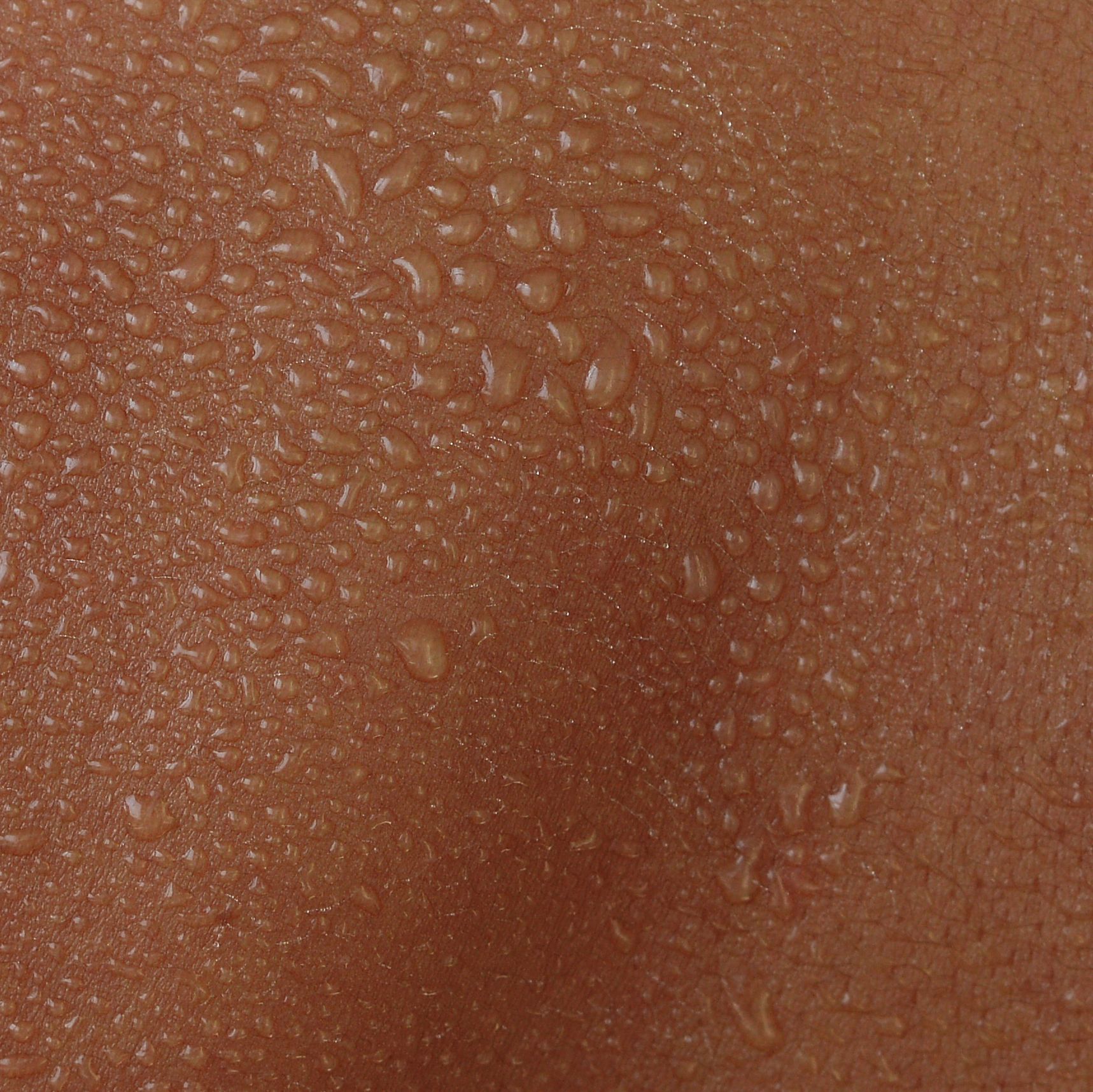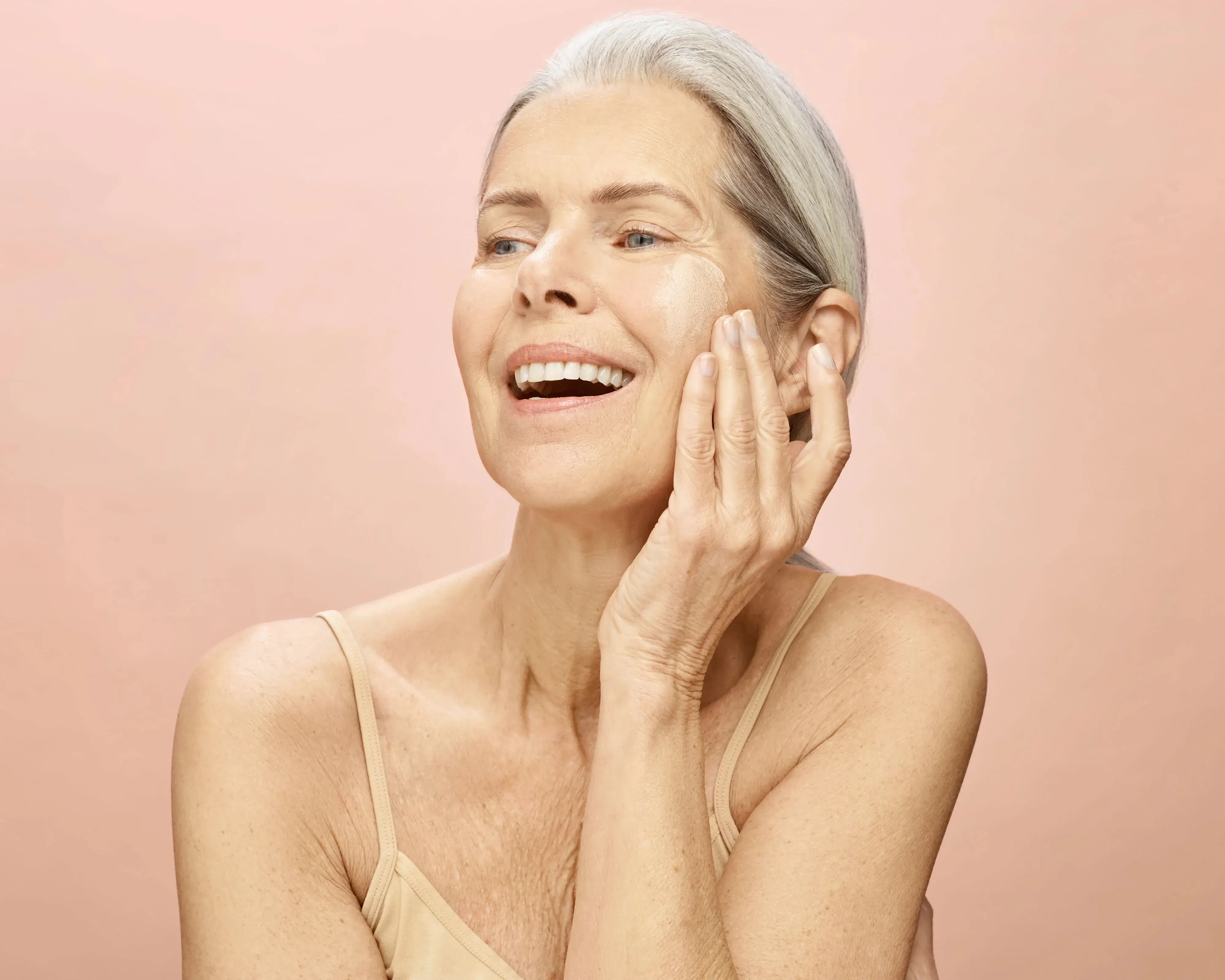Excessive Sweating
Excessive sweating is when you sweat more than you might expect based on the surrounding temperature or your activity level or stress. Excessive sweating can disrupt daily activities and cause social anxiety or embarrassment. Excessive sweating, also known as hyperhidrosis, can affect your entire body or just certain areas, particularly your underarms, palms, soles, face and even intimate areas. Normally, your sweat glands produce perspiration on the skin’s surface when the air temperature rises, when you are exercising, when you develop a fever, or you’re feeling anxious, nervous or stressed. When those factors are no longer in play, the “normal” sweating stops. For those suffering from excessive sweating or hyperhidrosis, the sweat glands don’t shut off.

What causes excessive sweating?
The causes of excessive sweating, or hyperhidrosis, can vary depending on the type of sweating occurring. It can be a symptom or result of various underlying conditions, including:
- Thyroid problems: Excessive sweating can be a warning sign of thyroid issues such as hyperthyroidism.
- Diabetes: People with diabetes may experience excessive sweating, particularly during episodes of low blood sugar (hypoglycemia).
- Menopause: Hormonal changes during menopause can lead to hot flashes and excessive sweating.
- Infection: Certain infections, such as tuberculosis or HIV, can cause excessive sweating as a symptom.
- Obesity or poor physical fitness: Overweight individuals or those who are out of shape may experience excessive sweating due to their body's attempt to regulate temperature.
It's important to note that while excessive sweating can be associated with these conditions, it can also occur without any underlying medical problem. In such cases, it is known as primary or idiopathic hyperhidrosis, and the exact cause is not well understood.
Best treatment for excessive sweating: Neuromodulators (Botox/Dysport)
One of the most effective treatments for excessive sweating is the use of neuromodulators such as Botox or Dysport. These medications work by blocking the chemical signals that stimulate sweat glands, thereby reducing sweating in the treated area.
Neuromodulator injections are typically administered by a healthcare professional, targeting specific areas prone to excessive sweating, such as the underarms, palms, or feet. The procedure is relatively quick and minimally invasive.
The effects of neuromodulator treatment for excessive sweating can last for several months, and repeat treatments may be necessary to maintain the desired results. It's important to consult with a qualified healthcare provider to determine the most appropriate treatment plan based on individual needs and medical history. They can evaluate the severity of the condition and recommend the optimal dosage and treatment schedule for optimal results.
Treat Excessive Sweating with these


